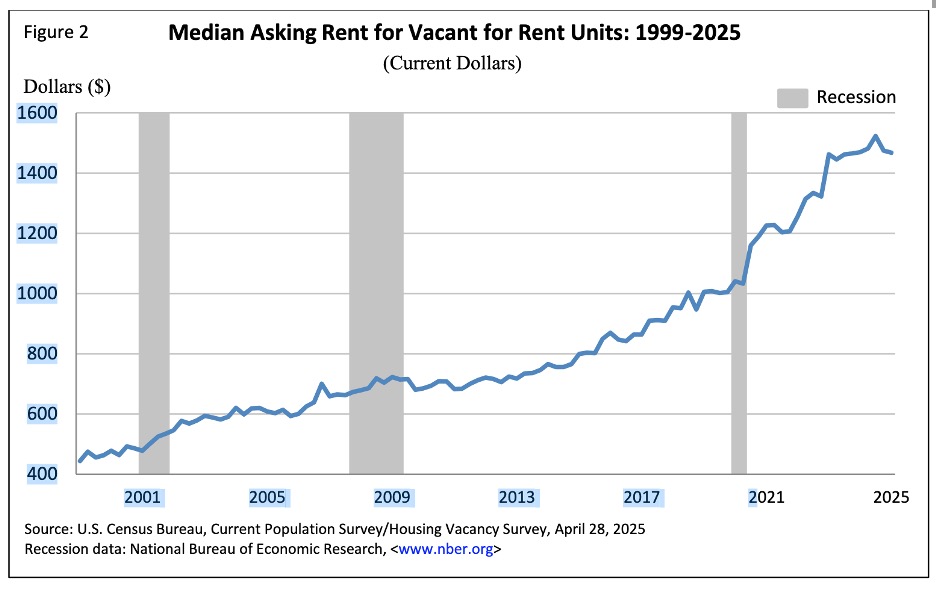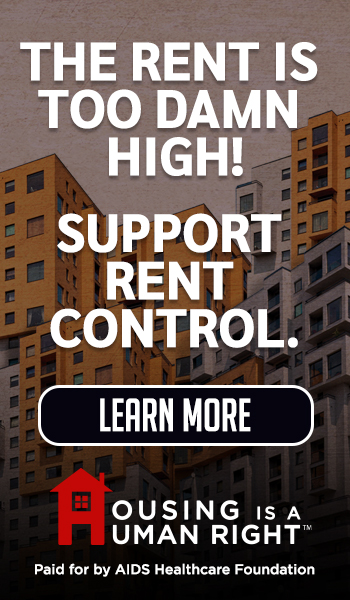Comments
PLANNING WATCH - As most Angelenos already know, despite local homeless programs costing billions, homelessness and overcrowding are increasing. This is why.
LAHSA’s (Local Homeless Services Authority) incompetence is not the primary cause of local homelessness. This agency does, however, make a bad situation worse, and mainstream media’s shoddy reporting causes people to believe that LAHSA is the main cause of local homelessness. This leads us to the first myth.
Myth #1: Homelessness is caused by a housing shortage, and if local government permitted more density on existing parcels, it would solve the problem. But this is a phony solution. Expensive housing is begging for renters and buyers, while low-priced housing barely exists. Why? Because the profit-driven private sector dominates local government, and it has become the primary builder and manager of housing.
You only need to drive around the Los Angeles area to realize there is no overall housing shortage. You see For Rent and For Lease signs everywhere. Why then is homelessness and overcrowding still increasing? The answer is obvious. People don’t have enough money to buy or rent vacant units. The problem is not a lack of housing but of homeless people being too poor to buy or rent available housing.
Furthermore, there is little evidence in LA that refugees from the recent Palisades and Eaton Canyon wildfires have reduced vacancy rates. They need replacement houses, not small, overpriced apartments. For example, Zillow currently lists 45,836 vacant housing units in the greater Los Angeles area.
Myth #2: Homelessness is a local problem, and solutions should, therefore, also be local. In fact, homelessness is an international problem, and Prof. Patrick Condon, from the University of British Columbia, explains in Broken City that homelessness is also rampant in Canada, Australia, and the UK. Furthermore, local governments are unable to eliminate homelessness because they do not have the financial resources, and they cannot coordinate solutions among themselves. For example, the US has 3,144 counties and 19,502 incorporated cities. Nearly all have a housing crisis.
Myth #3: If states, counties, and cities allowed developers to build more housing on existing parcels, they could solve the problem of homelessness and overcrowding. The new housing would “trickle down” and become affordable.
In fact, this market solution does not reduce homelessness because it raises the price of land, and this increases the price of housing. New housing, which is almost always expensive, does not trickle down to become affordable. As shown in the chart below, itt becomes more expensive, with or without tenants. Owners, landlords, and rental agents do not lower prices so the homeless can afford to buy or rent.

The problem is the business model of the owners and developers. “Build, baby, build” does not solve homelessness and overcrowding, no matter how many times this self-serving “solution” is repeated by lobbyists, obedient city planners, and elected officials.
So what, if anything, can be done? The answers are there, and here are three:
First, higher wages would allow more people to rent vacant apartments and even buy available houses. But, if real wages remain low, these potential renters and buyers are priced out of the housing market. If they can’t afford vacant housing or manage to double-up with friends or relatives, they become homeless.
Second, if public housing programs were revived, the US could house most homeless and overcrowded people in non-market housing.
Third, the Los Angeles rent stabilization ordinance only applies to apartments built before 1978. If this law were amended to include houses and to apartments built after 1978, the price of most housing would decline. As a result, some of it would become affordable, and the number of homeless and overcrowded people would decline.
The bottom line is that homelessness and overcrowding is a political choice, as are the solutions.
(Dick Platkin ([email protected]) is a retired LA city planner, who reports on local planning issues. He is a board member of United Neighborhoods for Los Angeles (UN4LA). Previous columns are available at the CityWatchLA archives.)
















